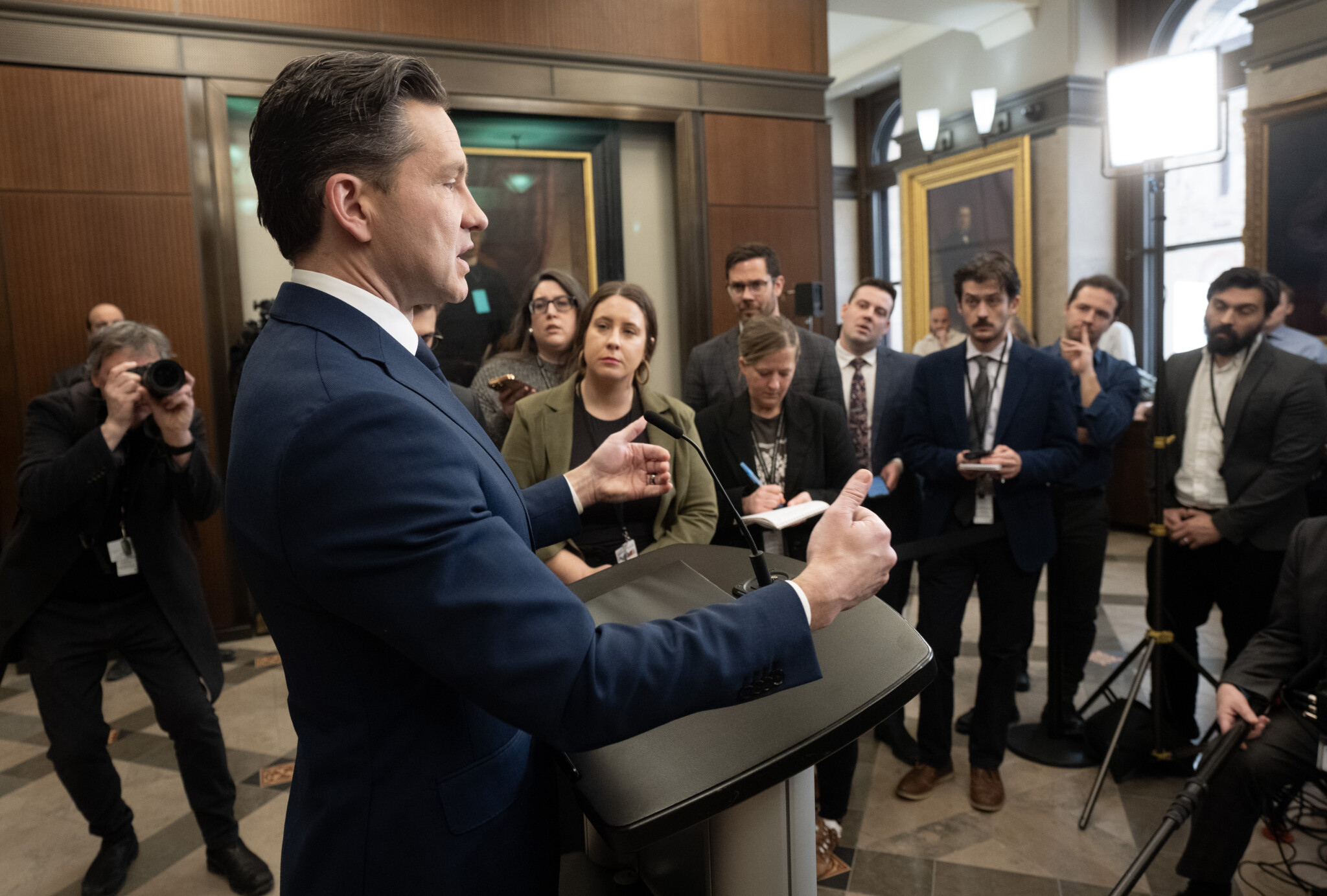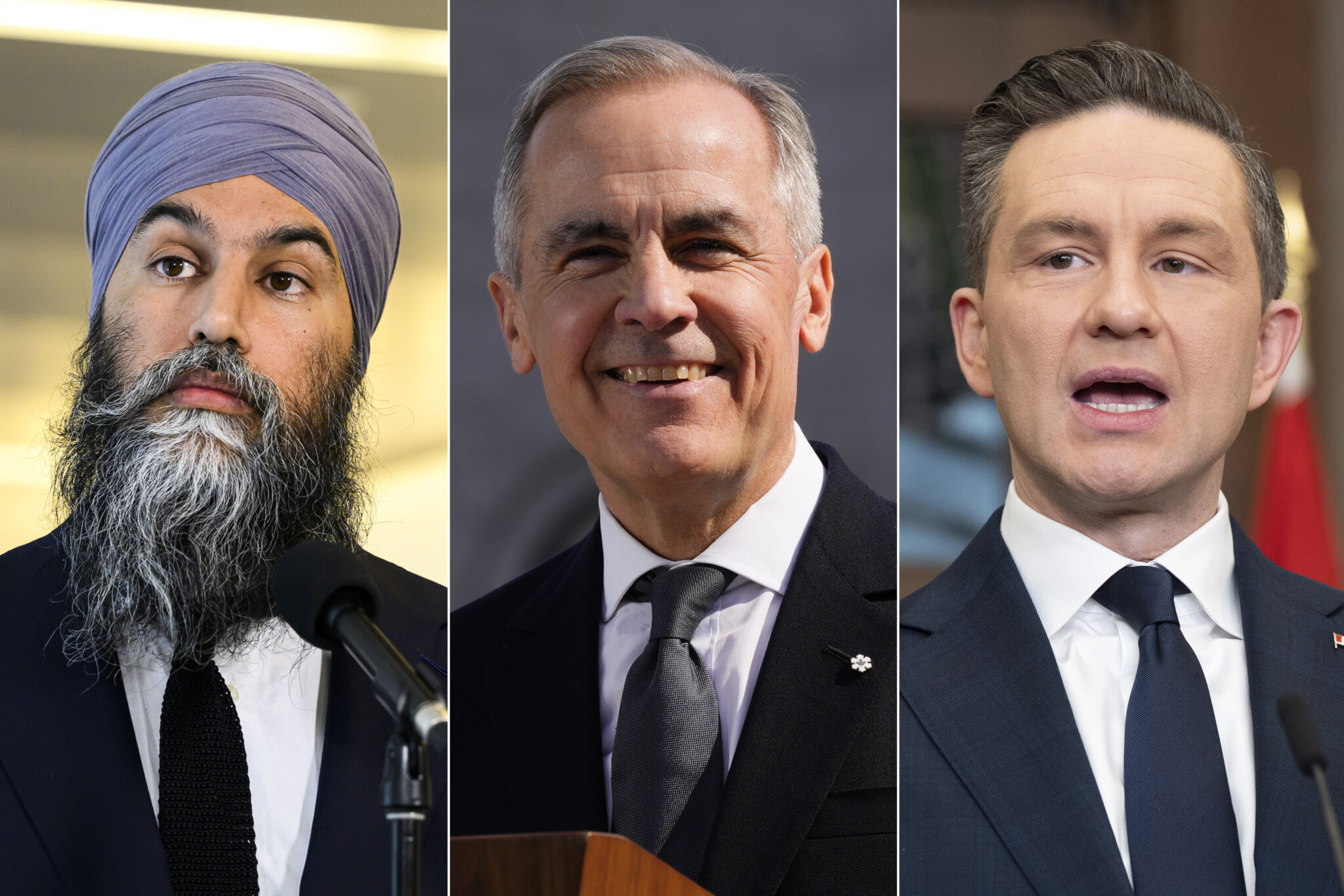Welcome to Need to Know, The Hub’s roundup of experts and insiders providing insights into the federal election stories, policy announcements, and campaign developments Canadians need to be keeping an eye on.
At this point, the horse race is just a distraction
By Royce Koop, professor of political science at the University of Manitoba
We are being inundated with horse-race polls during this election campaign, more than I’ve ever seen in my lifetime of watching Canadian elections. Every single day has seen multiple new polls released. Modelling websites then use that data to make seat projections. And people on social media, especially Twitter, dissect every tiny increase and decrease in support of each of the parties.
Here’s what we know for sure: the Liberals are ahead, the Conservatives are closing the gap (and might have already closed it), and NDP support has collapsed.
Could that change? Sure. Many Conservatives are betting that the debates will be a turning point in the polls since Pierre Poilievre is likely to trounce Mark Carney in both English and French.
Maybe. Sometimes, debates make all the difference. But far more often, they have virtually no effect. My guess is that the upcoming debates could potentially shift votes because Carney is enjoying a great deal of support despite being a mostly new face in Canadian politics. Of all the parties, Liberal support is the softest and least committed.
There’s another potential source of volatility in this race. Two days ago, pollster Nik Nanos reported that one in five Canadians intended to make their final decision about who to vote for within 72 hours of the election. Twenty percent of Canadians are intentionally holding off on making a decision.
So what exactly is the point of all these horse-race polls early in the election campaign when support for the leading party is soft, a significant proportion of Canadians haven’t made up their mind, and things could change significantly between now and the voting day? Here’s some advice for partisans from all parties: ignore the polls for the time being and keep knocking on doors.
Canada’s weakening labour market
By Trevor Tombe, professor of economics at the University of Calgary and a research fellow at The School of Public Policy
Some of the economic headlines on Friday were fairly bleak. “Canada loses jobs in March for first time since 2022 on tariff uncertainty,” read one Reuters article. “Canada sheds 33,000 jobs in March as trade war rattles labour market,” read another from the Globe and Mail.
While it’s important not to put too much weight on any single jobs report—since the data released by Statistics Canada Friday is based on a survey and therefore subject to a margin of error—a broader look at recent trends makes it clear that Canada’s labour market is weakening.
Consider the employment rate (the share of the population with a job). That figure has dropped from a recent high of 62.5 percent in 2023 to 60.9 percent today. Except for a brief blip last October, that’s the lowest rate since early 2021. There have also been notable declines in employment rates among those under the age of 25. For that group, the employment rate has fallen from over 59 percent in early 2023 to 54 percent today.
Meanwhile, the overall unemployment rate has increased from roughly 5 percent in early 2023 to 6.7 percent now.
The reason for this weakness isn’t an uptick in layoffs. In fact, the proportion of Canadians losing their job in any given month is no higher than the historical norm. Statistics Canada found that 0.7 percent of individuals lost their job in March due to a layoff—about the same share we typically saw in March between 2017 and 2019.
Instead, the falling number of vacant positions that employers are looking to fill is the culprit. Currently, there are four unemployed individuals per job vacancy, compared to just one per vacancy two years ago. My own analysis suggests that the entire rise in Canada’s unemployment rate stems from a drop in the odds of finding a job. In other words, if you’re unemployed now, you’re likely to remain so for longer than before. Last month, the share of unemployed people searching for work for 27 weeks or more rose to nearly one in four, up from less than one in five a year earlier.
While the jobs report released by Statistics Canada on Friday may not directly impact the election campaign, it underscores the slowing pace of economic activity and challenges that the next government (whoever that may be) will almost surely have to navigate for the rest of this year—and possibly into the next.

Leader of the Conservative Party Pierre Poilievre speaks to reporters in the Foyer of the House of Commons, Tuesday, Mar. 4, 2025 in Ottawa. Adrian Wyld/The Canadian Press.
Harnessing local media was a smart move by the CPC campaign
By Alex MacDonald, associate vice president, federal advocacy at Counsel Public Affairs
The Conservative Party’s decision to not host the legacy media on its campaign plane and bus has democratized the news coverage of Poilievre’s campaign. This is a good thing for Canadians, and a good thing for the Conservative campaign.
The initial communiqué from the Conservatives’ national campaign director to the Ottawa press gallery on this matter was met with disappointment and accusations of attempts to control the media narrative and insulate Poilievre from bad press.
Traditionally, each party would invite a group of political reporters to travel with their leader and campaign team as they crisscross the country. This press corps would usually be made up of the regular cast of Ottawa-based journalists from the legacy media’s given Ottawa bureaus. These are the same folks who cover our political leaders day in and day out when Parliament is sitting, and whom Canadians are accustomed to seeing on the evening news of the major networks.
The Conservatives’ decision to operate in an unorthodox way this campaign has notably changed the dynamic of the leader’s daily press conferences. Instead of fielding questions from the same small group of Ottawa bureau journalists, Poilievre has exposed himself and Canadians to truly local media and journalists covering their hometown beats.
Instead of getting peppered with questions about the outrage du jour of Ottawa’s political class, Poilievre has faced questions about local infrastructure projects, the politics of local nomination races, and the realities of life outside of the Montreal-Toronto Laurentian corridor. This is good for our politics, and it lends well to the Conservative’s attempt to meet Canadians where they are at.
It is also a key function of the Conservatives’ larger strategy to sidestep the legacy media in favour of non-traditional media sources and venues—podcasts like the Jordan Peterson Show, independent media organizations like Juno News, or cultural and ethnic media like Red FM. This communications strategy is buttressed by Poilievre’s personal social media channels in which he directly connects with millions of Canadians, without the filter of mainstream media.
The Laurentian elite talk to the Laurentian legacy media. Canada’s common-sense Conservatives are speaking to common people through their more trusted local news outlets and independent media.
The Conservatives have a sound economic plan—what’s Carney’s?
By Sean Speer, The Hub’s editor-at-large
The case that the Conservatives have prosecuted against the Liberal government over the past couple of years has involved different messages and lines of argument, but the core idea is about economic stagnation.
Their principal argument is that the government’s excessive regulations, deficit-financed spending, and overfocus on redistribution have caused capital to effectively go on strike. This is most pronounced in the resource sector, which has seen billions of dollars flee the market and dozens of projects abandoned.
If this is your diagnosis of the past decade, then your prescriptions would look a lot like what the Conservatives have put forward thus far in this campaign: namely, a combination of deregulation and policy incentives to pull capital back into the market.
It’s not quite shock therapy, but it’s a pragmatic response to what Pierre Poilievre and the Conservatives (rightly) believe ails the Canadian economy.
The Liberal campaign, by contrast, doesn’t quite have a theory of what’s gone wrong in Canada’s economy. There’s no clear sense of why Mark Carney thinks it has underperformed or how his policies would fix it.
During his leadership campaign, he spoke vaguely about the need for more investment, but his fiscal plan nodded to more of the same public spending that we saw during the Trudeau era, including billions of taxpayer dollars for electric vehicle subsidies. Since the general election campaign kicked off, the Liberals have even abandoned this talk of investment in favour of mostly directional arguments about Donald Trump’s tariffs.
Although that may work with some voters, it still leaves unaddressed the biggest question for a large swath of them: what went wrong over the past decade and what would Carney do differently?
That’s the question that journalists should be putting to him. It’s an answer that Canadian voters deserve before they go to the polls.









